43 label the cells and molecules involved in cell-mediated immunity drag the appropriate labels to their respective targets.
Part a correctly sort the steps involved in cell - Course Hero Part B - Label the cells and molecules involved in cell-mediated immunity Drag the appropriate labels to their respective targets. Hint 1. Perforin and Granzyme These two molecules work together to kill a target cell. Perforin "perforates" (punches a hole in) the target cell membrane, allowing granzyme to enter and trigger cell death. chapter 17 Flashcards | Quizlet The Tc cell is activated. 2. The active cytotoxic T cell (TCL) leaces the lymph node looking for infected host cells displaying the same epitope on their MHC-I. The CTL uses its surface receptors to recognize the infected cell. 3. The CTL secretes specialized molecules to penetrate the infected host cell causing programmed death.
Phagocytosis - Definition, Steps, Process and Examples - MicroscopeMaster In some cells, enzymes in the vesicle (e.g. lysosome) break down the molecule into simpler components. Waste materials that cannot be used are then removed from the cell through a process known as exocytosis. However, for phagocytes involved in immunity, special structures are known as peroxisomes are created to trap and remove toxic molecules.

Label the cells and molecules involved in cell-mediated immunity drag the appropriate labels to their respective targets.
Connect Quiz 22- Immune Flashcards | Quizlet Drag each label into the appropriate position to identify what type of immunity is classified by each label Natually Aquired Active Immunity: antibody production resulting from illness, immunity that would result from pathogen quisition though kissing Cell-Mediated Immune Response | Boundless Anatomy and Physiology ... The humoral immune response (HIR) is the aspect of immunity mediated by secreted antibodies produced by B cells. Secreted antibodies bind to antigens on the surfaces of invading pathogens, which flag them for destruction. Humoral immunity is so named because it involves substances found in the humors, or body fluids. 23.2. Adaptive Immune Response - Concepts of Biology - 1st Canadian Edition T cells are a key component in the cell-mediated response—the specific immune response that utilizes T cells to neutralize cells that have been infected with viruses and certain bacteria. There are three types of T cells: cytotoxic, helper, and suppressor T cells.
Label the cells and molecules involved in cell-mediated immunity drag the appropriate labels to their respective targets.. T-Cell Receptor (With Diagram)| Biology - Zoology Notes T lymphocytes or T cells respond only to peptide fragments of protein antigens that are displayed by self-MHC molecules (major histocompatibility complex). T cell receptor or TCR differs from the B cell receptor in two important ways. First, the T cell receptor is membrane bound and does not appear in a soluble form as the B cell receptor does ... Microbiology - Mastering Microbiology Homework Chapter 16 ... - Quizlet Can you label and correctly describe the cells and molecules involved in epitope presentation to Helper T cells? To review the cell activation, watch this MicroFlix animation: Innate Defenses: Dendritic Cells and Epitope Presentation. Label the cells and molecules involved in cell mediated immunity drag ... 11/19/2017 Biology Middle School answered Label the cells and molecules involved in cell mediated immunity drag the appropriate labels to their respective targets mrsriver61ozoul5 is waiting for your help. Add your answer and earn points. Answer 1.0 /5 0 taymoffett if you aren't able to look it up alone here is a diagram of it. hope this helps! Solved Label the cells and molecules involved in | Chegg.com Label the cells and molecules involved in cell-mediated immunity. Drag the appropriate labels to their respective targets. Question: Label the cells and molecules involved in cell-mediated immunity. Drag the appropriate labels to their respective targets. This problem has been solved! See the answer
MCB 100 Homework #6 (Exam 3) Flashcards | Quizlet Put the steps involved in cell-mediated immunity in order. 1. In the lymph nodes, cytotoxic T cells encounter dendritic cells displaying epitope in MHC-I. The Tc cell is activated. 2. The active cytotoxic T cell (CTL) leaves the lymph node "looking" for infected host cells displaying the same epitope on their MHC-I. Antibody Types: IgM, IgA, IgD, IgG, IgE and Camelid Antibodies IgG. This isoform accounts for 70-75% of all human immunoglobulins found in the blood. Depending on the size of the hinge region, the position of disulfide bonds, and the molecular weight of the ... Adaptive immunity | Immune response (article) | Khan Academy "Humoral" refers to the bodily fluids where these free-floating serum antibodies bind to antigens and assist with elimination. Cell-mediated immunity can be acquired through T cells from someone who is immune to the target disease or infection. "Cell-mediated" refers to the fact that the response is carried out by cytotoxic cells. Lymphatic System Structure and Function - Course Hero The lymphatic system is a circulatory system that drains fluid from the blood vessels. Lymph vessels are the site of fluid drainage and pump lymph fluid using smooth muscle and skeletal muscle action. The larger vessels contain valves to prevent backflow and pump towards the heart to return lymph fluid to the bloodstream by the subclavian veins.
Innate Immunity | Boundless Anatomy and Physiology | | Course Hero The barrier immune system is part of the innate immune system, and consists of anything that the skin, mucosae, and chemical secretions of the body do to prevent pathogens from invading. The barrier system can fail when the skin breaks or when pathogens invade the mucosal epithelium, so other innate and adaptive immune system functions exist to ... BIOL 1353 - Exam 4 - Mastering - Ch 17 Flashcards | Quizlet Drag the images below into boxes to indicate the correct order of events illustrating the mechanism of antibody-mediated immunity. ... T cells are classified by their clusters of differentiation (CD), which serve as receptors. ... Label the cells and molecules involved in cell-mediated immunity Stopped Here Pr. 13. MicroFlix Activity ... Which pair of molecules do not directly interact with - Course Hero Part B - Label the cells and molecules involved in cell-mediated immunity Drag the appropriate labels to their respective targets. Part A - B Cells and Ab Production Order the steps in the clonal expansion of antibodies and the production of antibodies. Chapter 17 Adaptive Immunity: Specific Defenses of the Host The Tc cell is activated 2.)The active cytotoxic T cell (TCL) leaves the lymph node "looking" for infected host cells displaying the same epitope on their MHC-I. The CTL uses its surface receptors to recognize the infected cell 3.)The CTL secretes specialized molecules to penetrate the infected host cell causing programmed death
Answered: Drag each cell into the appropriate… | bartleby Drag each cell into the appropriate position to identify whether it is associated with antibody-mediated immunity, cell-mediated immunity, or both. Antibody-Mediated Immunity Perforins and granzymes B lymphocytes Cytotoxic T cells Cell-Mediated Immunity Helper T cells Memory T cells Plasma cells Both CD8 cells APCS Next> 29 of 83 Prev Question
Sign In - Ivy Tech Community College of Indiana Reset or Forgot Password Need help? Call 1-888-IVY-LINE (option 4).
Action Potential in Cardiac Pacemaker Cells - TeachMePhysiology Cardiac pacemaker cells are mostly found in the sinoatrial (SA) node, which is situated in the upper part of the wall of the right atrium. These cells have natural automaticity, meaning they can generate their own action potentials. Fig 1.0 - The conduction system of the heart. The atrioventricular (AV) node and the Purkinje fibres also have ...
Anatomy, Skin (Integument), Epidermis - StatPearls - NCBI Bookshelf Skin is the largest organ in the body and covers the body's entire external surface. It is made up of three layers, the epidermis, dermis, and the hypodermis, all three of which vary significantly in their anatomy and function. The skin's structure is made up of an intricate network which serves as the body's initial barrier against pathogens, UV light, and chemicals, and mechanical injury ...
T-cell activation | British Society for Immunology T cells must recognise foreign antigen strongly and specifically to mount an effective immune response and those that do are given survival signals by several molecules, including ICOS, 4-1BB and OX40. These molecules are found on the T-cell surface and are stimulated by their respective ligands which are typically found on APCs.
Cell-mediated immunity - microbiologybook.org Th cells are at the center of cell-mediated immunity. The antigen-presenting cells present antigen to the T helper (Th) cell. The Th cell recognises specific epitopes which are selected as target epitopes. Appropriate effector mechanisms are now determined. For example, Th cells help the B cells to make antibody and also activate other cells.
23.2. Adaptive Immune Response - Concepts of Biology - 1st Canadian Edition T cells are a key component in the cell-mediated response—the specific immune response that utilizes T cells to neutralize cells that have been infected with viruses and certain bacteria. There are three types of T cells: cytotoxic, helper, and suppressor T cells.
Cell-Mediated Immune Response | Boundless Anatomy and Physiology ... The humoral immune response (HIR) is the aspect of immunity mediated by secreted antibodies produced by B cells. Secreted antibodies bind to antigens on the surfaces of invading pathogens, which flag them for destruction. Humoral immunity is so named because it involves substances found in the humors, or body fluids.
Connect Quiz 22- Immune Flashcards | Quizlet Drag each label into the appropriate position to identify what type of immunity is classified by each label Natually Aquired Active Immunity: antibody production resulting from illness, immunity that would result from pathogen quisition though kissing
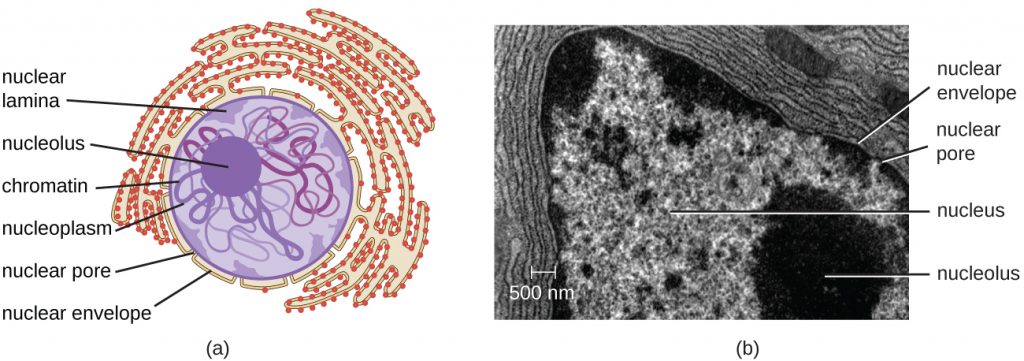

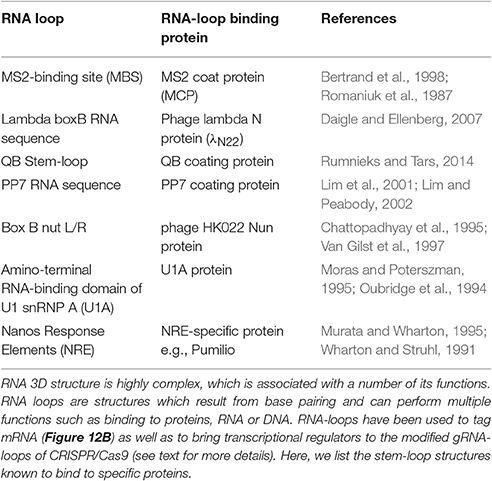
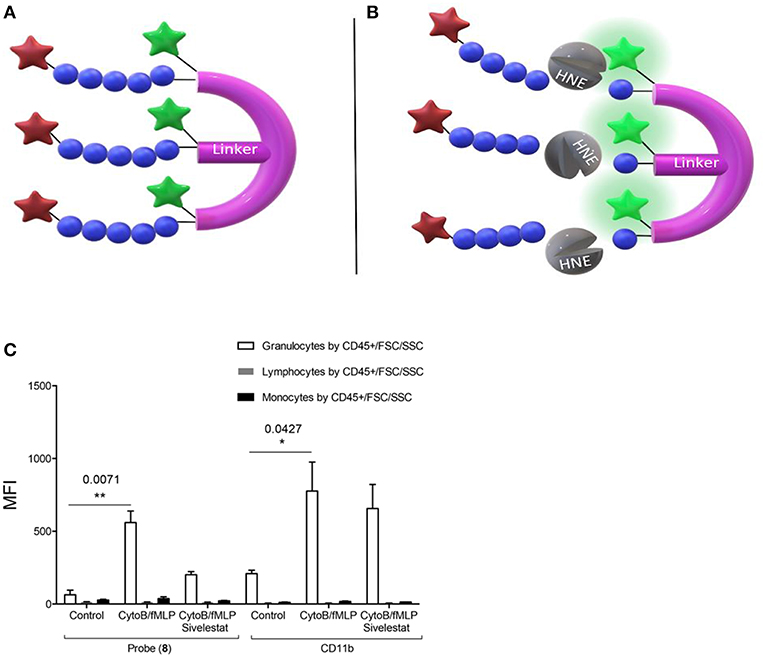
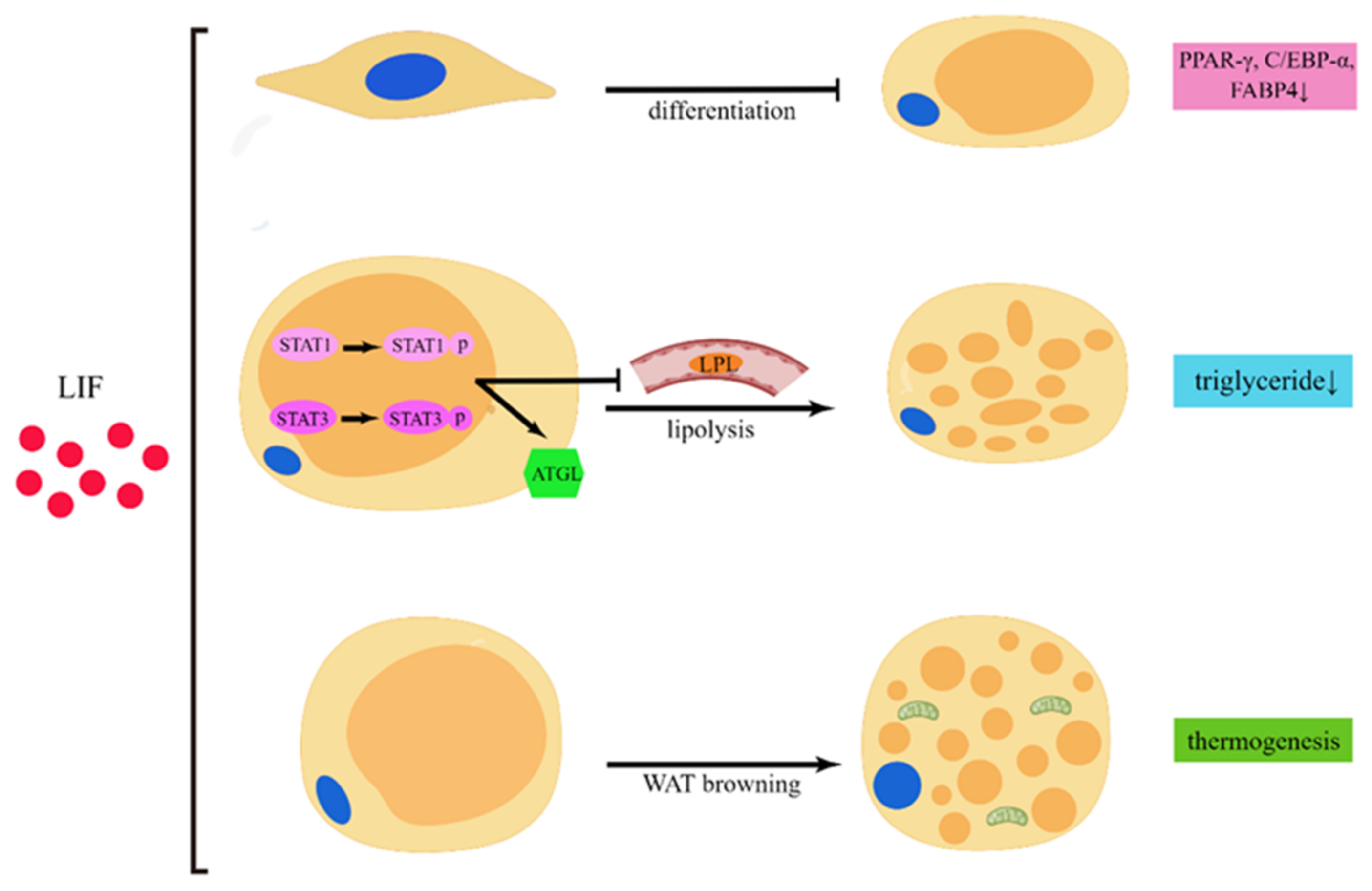






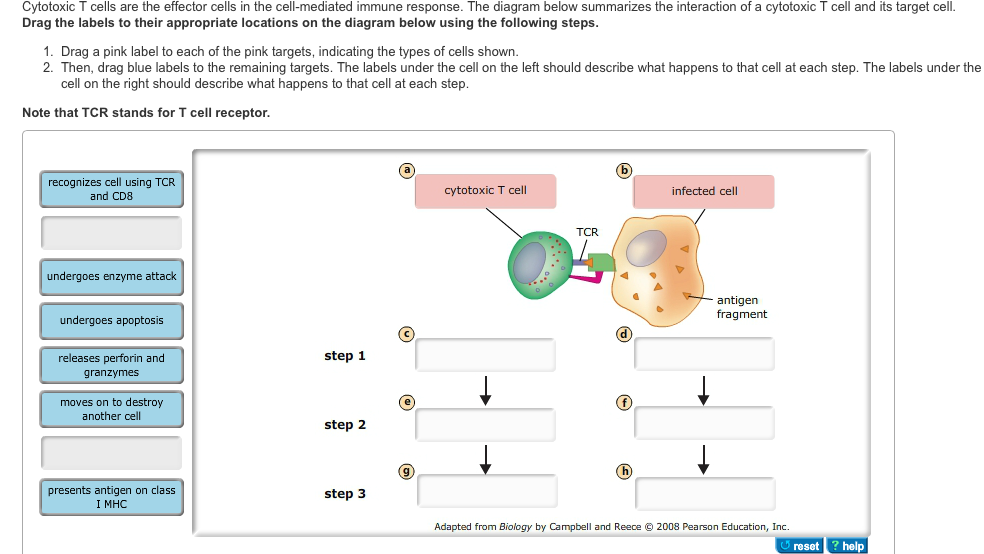



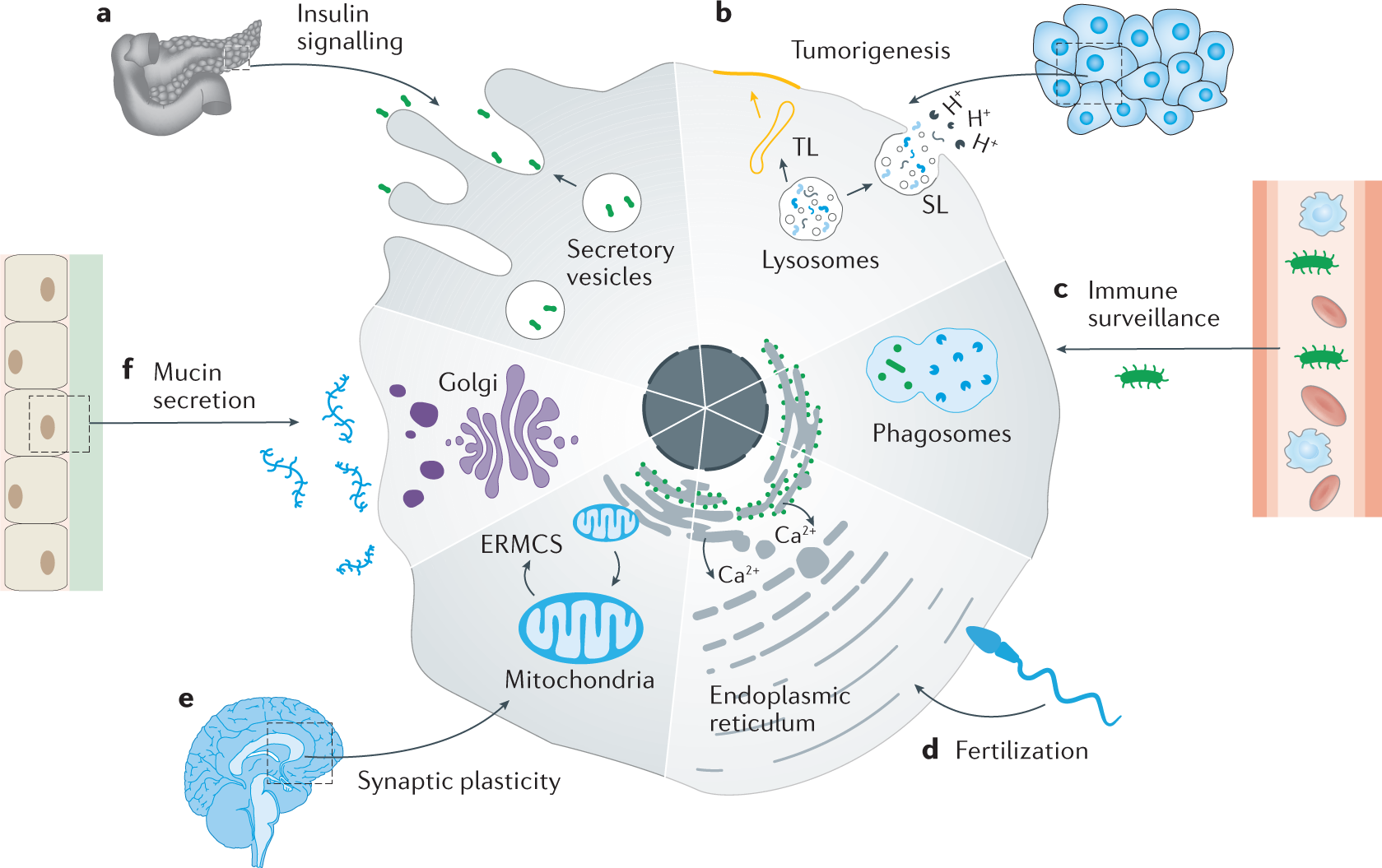
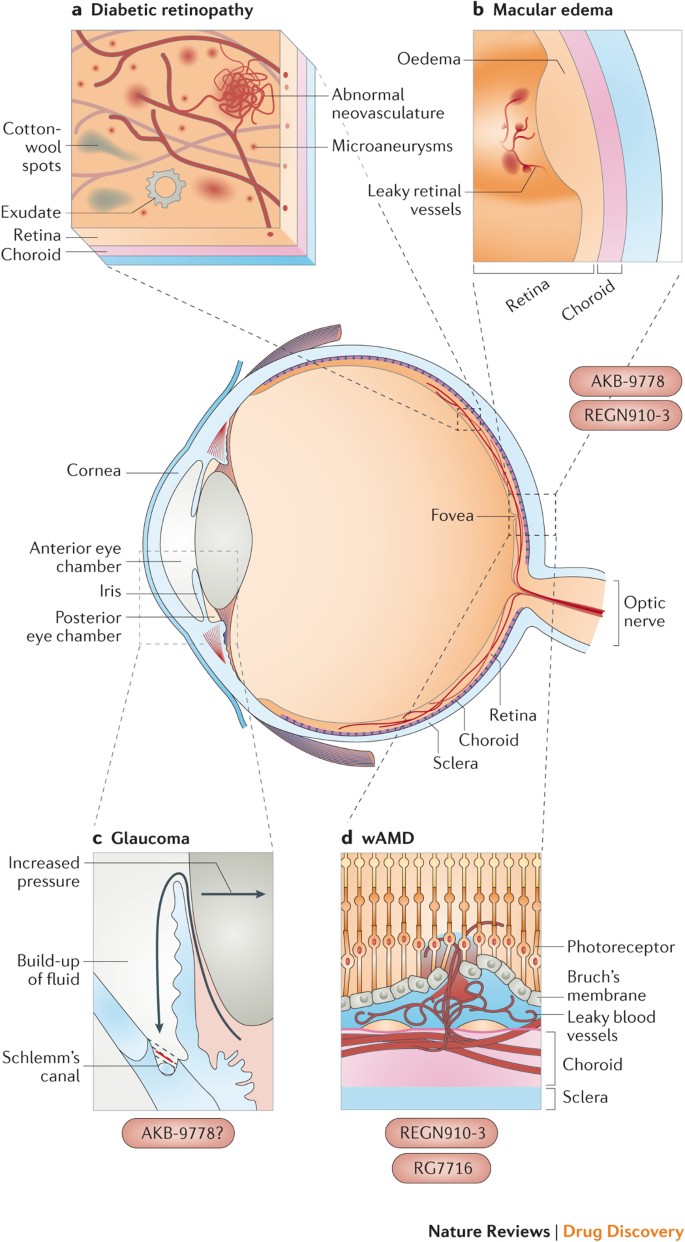
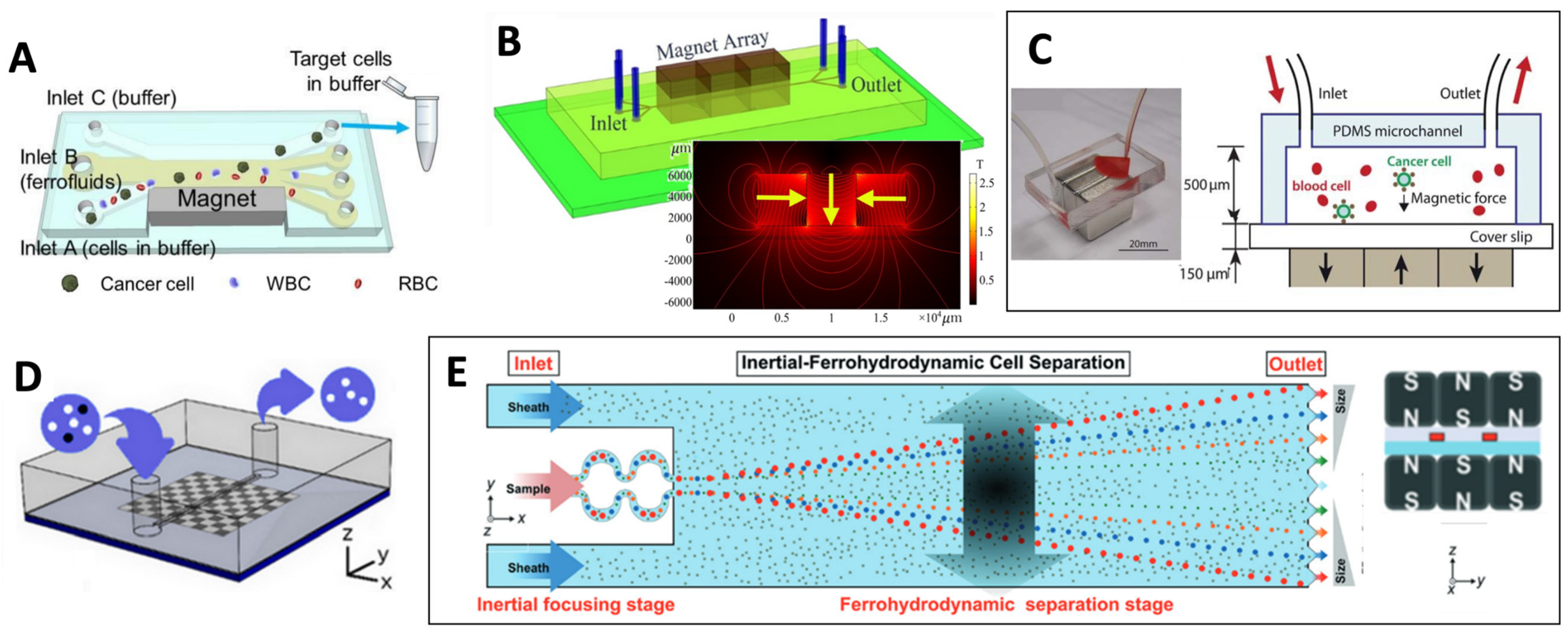





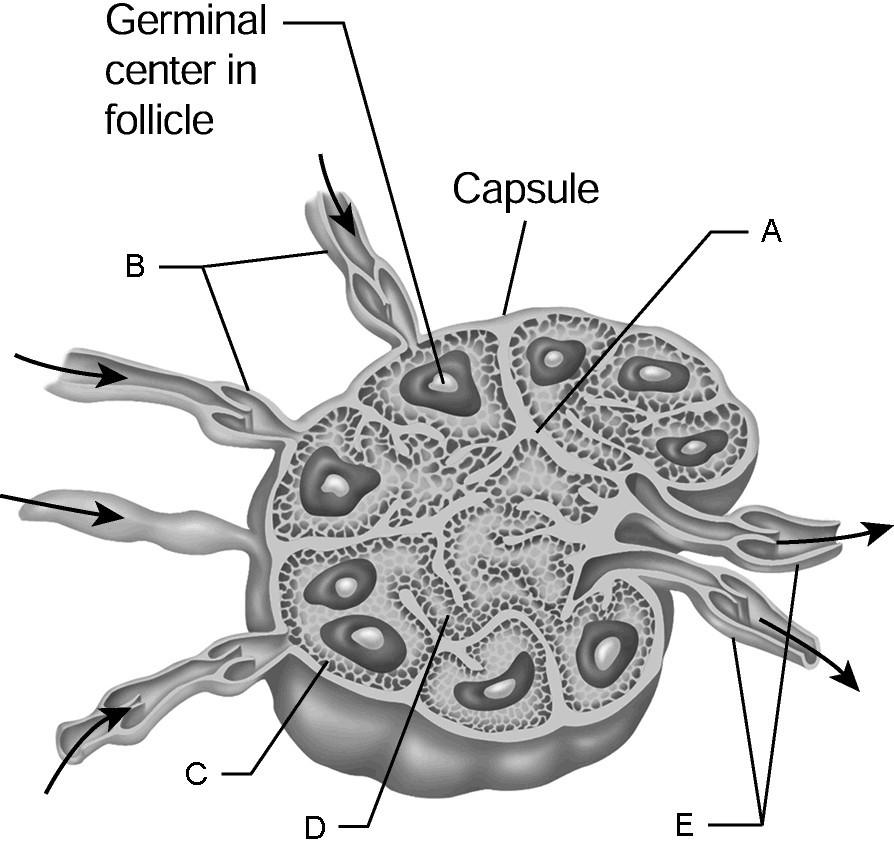

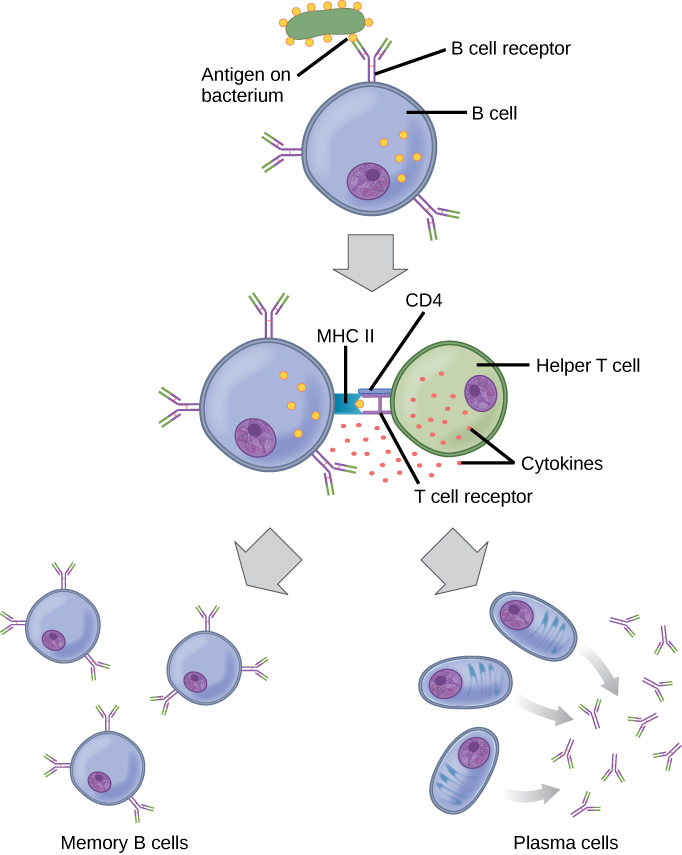



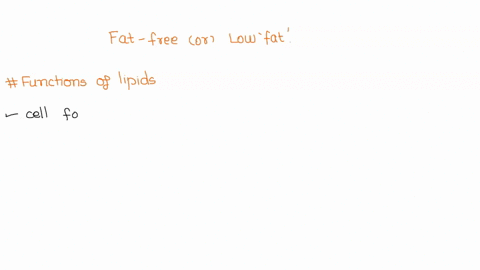

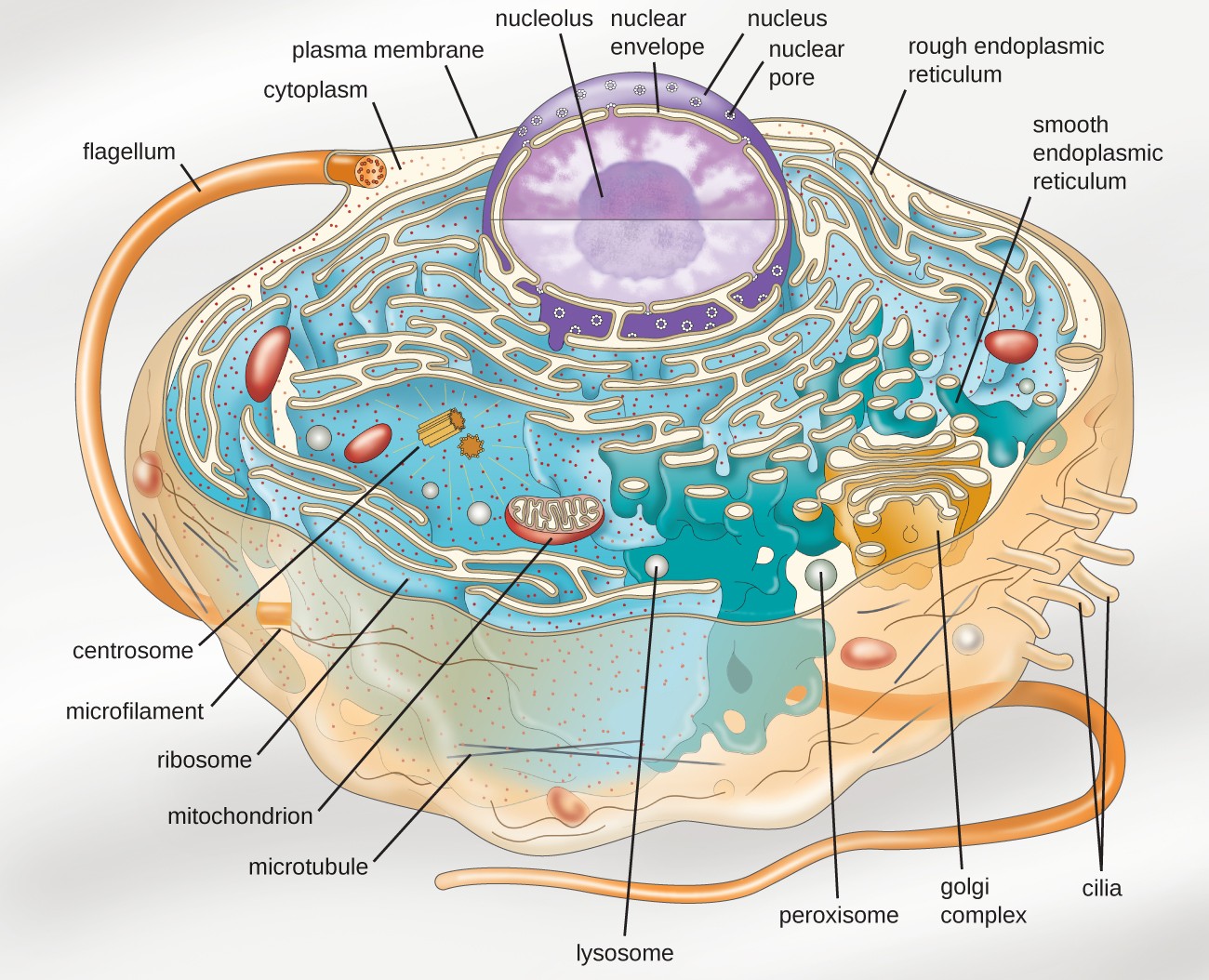

Post a Comment for "43 label the cells and molecules involved in cell-mediated immunity drag the appropriate labels to their respective targets."